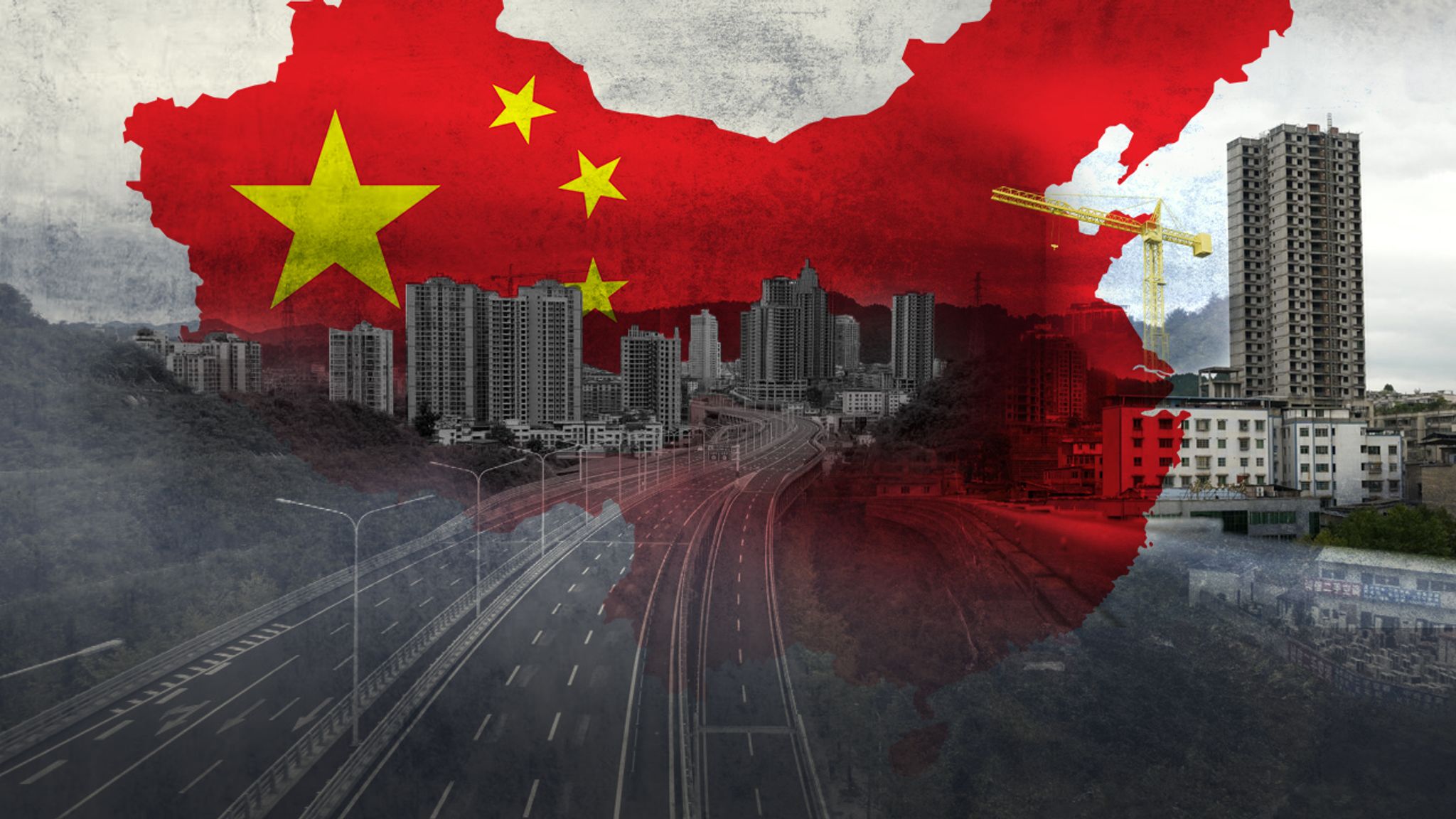China’s economy demonstrates resilience but confronts growing challenges
China’s economy slowed less than expected in the second quarter, showing resilience against U.S. tariffs. However, analysts caution that weak domestic demand and growing global trade risks are likely to intensify pressure on Beijing to implement additional stimulus measures.
Data released today showed that China’s gross domestic product (GDP) grew by 5.2% year-on-year in the April–June quarter, down from 5.4% in the first quarter but slightly above the 5.1% consensus forecast. On a quarterly basis, GDP rose 1.1%, beating the 0.9% estimate but slightly underperforming the previous quarter’s 1.2% growth.
The world’s second-largest economy has so far managed to avoid a sharp downturn, supported in part by policy measures and a temporary trade truce with the U.S. that allowed factories to front-load shipments. Still, prospects for the second half of the year are weakening as exports lose steam, prices decline, and consumer sentiment remains fragile.
Policymakers face significant challenges in meeting the annual growth target of around 5%—a goal many analysts consider ambitious given ongoing deflationary pressures and subdued domestic demand.
In response, authorities have stepped up infrastructure investment, introduced consumer subsidies, and adopted looser monetary policy. In May, the central bank cut interest rates and injected liquidity to soften the blow from U.S. President Donald Trump’s sweeping tariffs.
Investors now await the upcoming Politburo meeting in late July, where new stimulus measures could be unveiled to guide economic policy for the remainder of the year. Expectations are building that the government may resort to higher deficit spending if growth continues to weaken.

